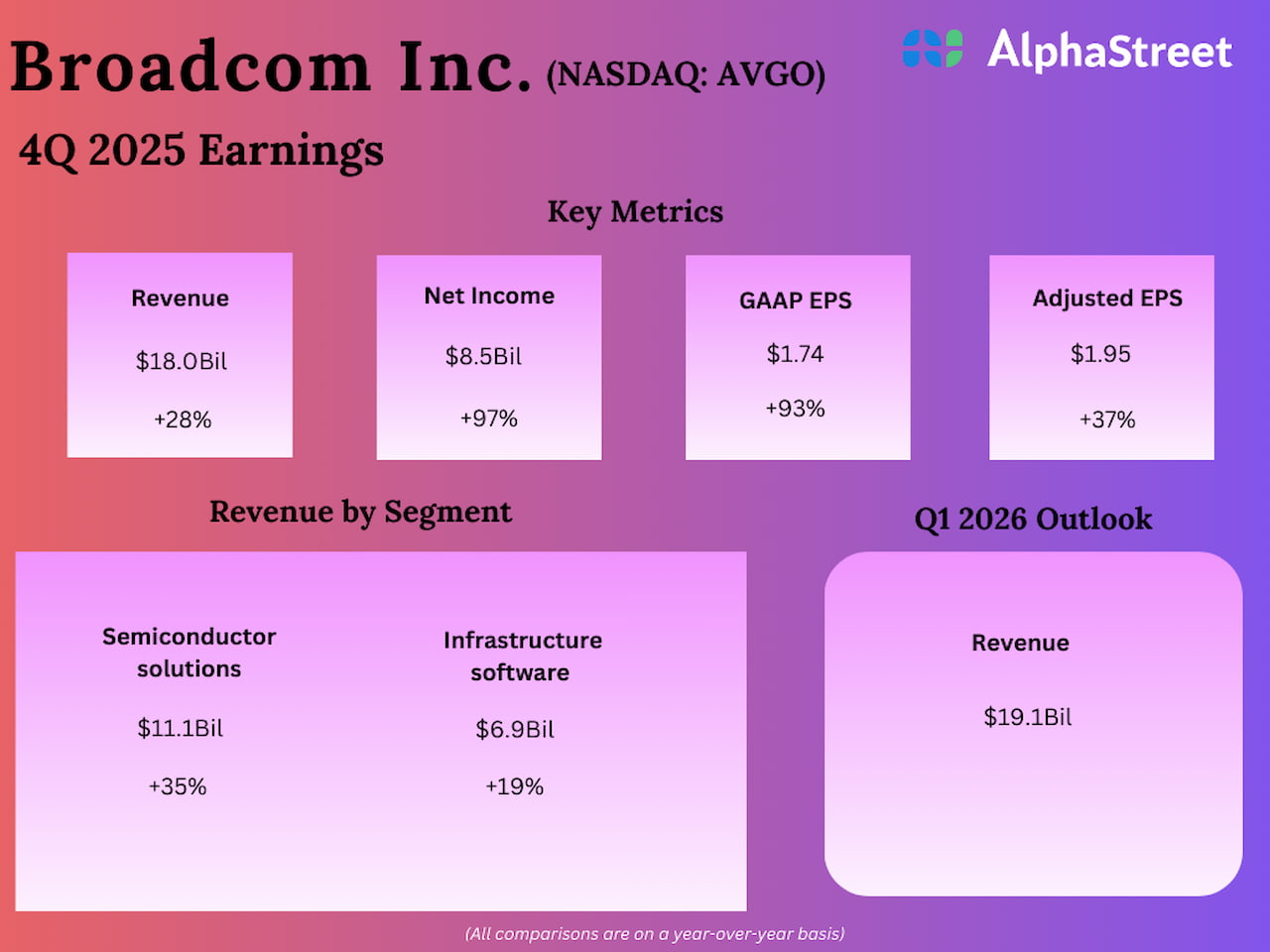In June, the G7 announced a political agreement on a global minimum taxA tax is a mandatory payment or charge collected by local, state, and national governments from individuals or businesses to cover the costs of general government services, goods, and activities. “side-by-side” solution that would exclude US-parented groups from Pillar Two’s income inclusion rule (IIR) and undertaxed profits rule (UTPR). Negotiations over the practical details are ongoing, but the question lingers whether a side-by-side solution would systematically give US multinational enterprises (MNEs) an advantage over firms from the EU or other G7 countries.
There are several ways to understand “advantage,” and four questions to determine the answer:
Do US domestic corporate income taxA corporate income tax (CIT) is levied by federal and state governments on business profits. Many companies are not subject to the CIT because they are taxed as pass-through businesses, with income reportable under the individual income tax. rules make the US a tax haven?
Are US cross-border rules less stringent than Pillar Two rules?
In the absence of a side-by-side deal, would there be an advantage in either direction?
Beyond the policies themselves, are the compliance costs of US minimum tax rules less burdensome than Pillar Two?
The first is likely the most straightforward to answer. With a domestic tax rate of 21 percent and a separate corporate alternative minimum tax (CAMT) of 15 percent, the US is not a tax haven by Pillar Two standards. The US does not violate the spirit of the Pillar Two rules, given that it is a high-tax, high-substance jurisdiction. Ironically, throughout the BEPS 1.0 and 2.0 Projects, there has been more concern over certain EU Member States and some other small jurisdictions in this regard.
Second, the US Congress recently changed its international tax rules in the OBBBA—net CFC-tested income, or NCTI (formerly GILTI)—to produce an outcome similar to Pillar Two, despite the rules themselves being distinct. While NCTI’s rate is lower than 15 percent, and it still uses a blended formula instead of country-by-country, a PwC report finds that US companies paid an effective tax rate on their foreign income exceeding 15 percent in every year from 2012 to 2024. In 2021, the effective tax rate reached more than 25 percent. After factoring in less generous foreign tax crediting, the removal of the substance exclusion, lack of loss carryovers, and interest deductibility rules, the US system may be more stringent than Pillar Two.
Third, in the absence of a deal, US firms could face double taxationDouble taxation is when taxes are paid twice on the same dollar of income, regardless of whether that’s corporate or individual income. due to ordering rules and the treatment of tax credits under Pillar Two—even though the US was a first mover in adopting a minimum tax in 2017, before Pillar Two’s inception. In 2020, the OECD agreed with this general principle and outlined a side-by-side concept (called co-existence) in its own Pillar Two blueprint.
Finally, the issue of a compliance cost advantage is nuanced and less than clear where an advantage may lie.
For starters, it is dubious to assume an equal tax compliance burden across all countries. The US tax code is extraordinarily complex, with much of the complexity and compliance burden due to rules related to taxing business income. The IRS estimates taxpayers will spend more than 7 billion hours and incur $148 billion in out-of-pocket costs to comply with the federal tax code in 2025, amounting to total monetized compliance costs of $536 billion, or nearly 1.8 percent of GDP. Most of this is attributed to various business tax filings, including corporate income tax returns, which cost the average corporation about $15,000 and the average large corporation about $140,000 to complete. A limited number of studies compare compliance costs across countries, generally finding that the US has a relatively complicated tax code, especially for businesses, leading to relatively high compliance costs.
More relevant to the side-by-side solution, however, is the specific compliance burden comparison of NCTI (GILTI) and IIR/UTPR. Studies indicate the compliance burdens of both GILTI and Pillar Two are considerable, though it is unclear which is more burdensome. In a Tax Foundation survey last year of 21 large MNEs, we found that GILTI, rather than Pillar Two, was the more dominant factor driving compliance costs, in part because of the US focus (with all but one company based in the US) and because the GILTI rules have been in place longer (beginning with enactment in 2017 and clarified in subsequent regulations). All companies reported an increase in tax complexity since 2017, with a weighted average increase in compliance costs of 32 percent from 2017 to 2023. Most companies attributed compliance cost growth primarily to increasingly complicated international rules, especially Tax Cuts and Jobs Act reforms (GILTI, BEAT, and FDII), with a smaller number of companies citing Pillar Two rules.
On average, companies estimated that 43 percent of their federal income tax compliance costs were due to rules relating to foreign-source income, amounting to about $4 million per company in tax year 2022 or 2023. Companies cited GILTI most commonly as the factor driving the cost of complying with federal income tax, and some companies mentioned it (and foreign income inclusion) as a factor contributing to the cost of complying with US state income tax.
According to a 2022 study of Pillar Two compliance costs in Germany, authors predicted that German MNEs would pay around €319 million (about €703,000 per firm on average) for implementation and €100 million (about €214,000 per firm) annually for ongoing compliance, with higher costs for larger firms. Also, last year, Deloitte surveyed 500 tax leaders and CFOs of MNEs from around the world, finding 70 percent of respondents expect to spend $500,000 or more annually on compliance costs related to Pillar Two, and 25 percent expect to spend more than $1 million. Yet only 53 percent expect higher tax liabilities because of Pillar Two, suggesting many companies expect compliance costs to exceed tax payments for Pillar Two. The survey also indicated 77 percent of respondents expect Pillar Two will lead to more tax disputes due to the “complexity of the new rules, lack of clarity and certainty, and varying interpretations by countries.”
Given how complex both systems are, it is hard to calculate an obvious compliance cost advantage for either the US system or the OECD rules. Furthermore, as the international policies continue to change, it is difficult to predict future compliance costs. If permanent safe harbors are negotiated between the EU, G7 countries, and other Pillar Two-implementing jurisdictions, that could help offset some additional costs of complying with Pillar Two.
To make the side-by-side solution palatable to all participating countries, it is important to minimize unfair advantages for different jurisdictions. However, it is just as important to determine whether the solution should be at the international or domestic level.
Rather than returning to a world of retaliatory tax measures and transatlantic disputes, the OECD should continue to decrease the compliance costs of Pillar Two by simplifying the rules to reduce any possible risk that the US has a compliance cost advantage and working with G7 countries on a side-by-side solution. After all, it was the OECD itself that first envisioned such an arrangement.
Stay informed on the tax policies impacting you.
Subscribe to get insights from our trusted experts delivered straight to your inbox.
Subscribe
Share this article



























